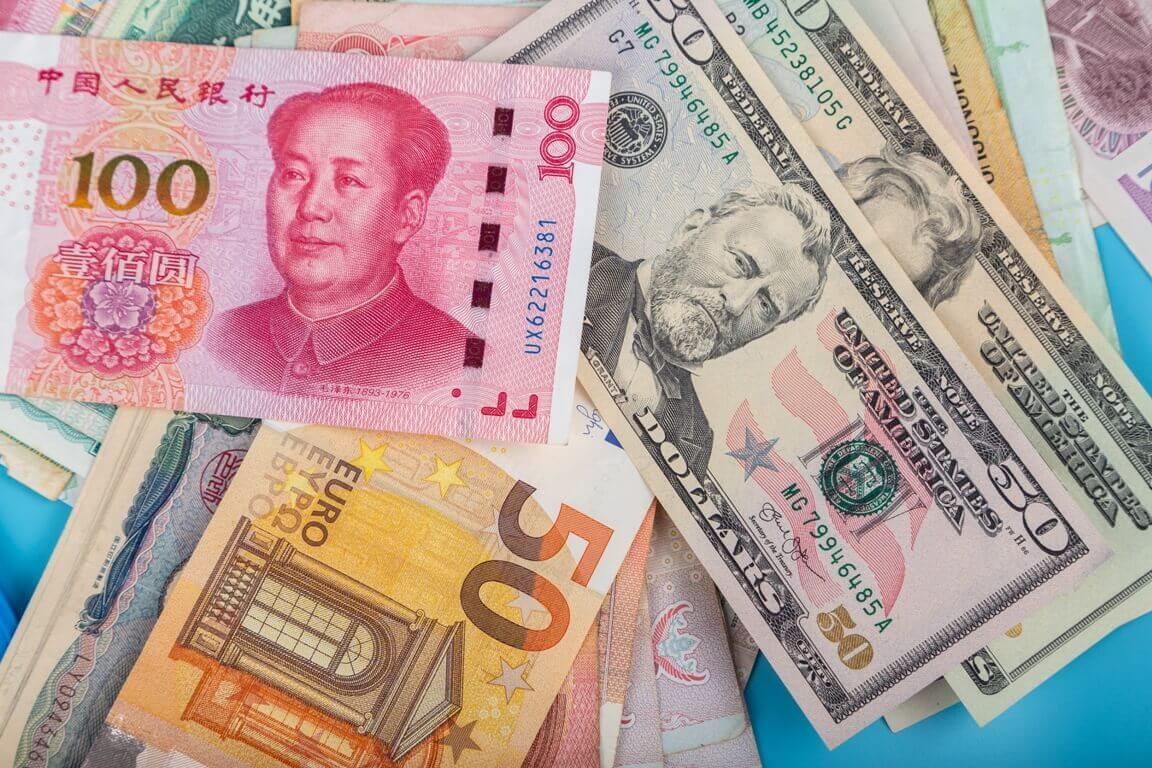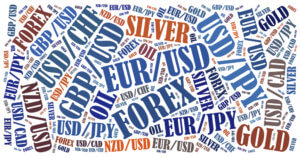The Euro remained on track for its best week against the U.S. dollar since the coronavirus pandemic hit on Friday. A hawkish turn by the European Central Bank (ECB) supported the currency. Soaring inflation across many global economies has forced various central banks to tighten monetary policies. Before that, the banks had dramatically loosened these policies to help consumers and businesses weather the financial crisis caused by the pandemic.
Thus far, the ECB had been trying to resist the tide. However, President Christine Lagarde acknowledged mounting inflation risks on Thursday, opening the door to potential rate hikes later this year.
After this announcement, investment banks brought forward their calls on rate hikes, as well. Goldman Sachs analysts expect an increase of 25 bps each in September and December. They put the ECB’s policy rate at 0% by the end of the year.
On the other hand, Deutsche Bank currency analysts stated that the fact that the ECB has signaled a more urgent path towards rising rates for the first time in a decade is crucial. The eurozone has lived with negative rates for almost a decade. So, when the central bank signals that this can change, it matters. It may take a long time to realize the full impact of this action. Thus, traders should expect a few surprises along the way.
This week, the common currency has gained three cents against the greenback, trading just shy of $1.15. This is the currency’s best weekly gain since March 2020. Overall, the Euro strengthened by 0.4% on the day to $1.14830, remaining close to a 12-week high. It was last up by 0.3%.
How did the U.S. dollar fare?
The dollar index was on track for approximately a 2% weekly drop, showing its worst performance since the coronavirus pandemic hit. The greenback exchanged hands at 95.227 at last on Friday.
Investors are waiting for U.S. employment data, which is due later today. It could give market players clues as to how quickly the Federal Reserve will tighten its policy. The forex markets are now factoring in five U.S. rate hikes in 2022.
The British Pound lost some ground on Friday, trading just shy of $1.36. Despite that, it is on track for a more than 1% weekly gain versus the greenback. This week, the sterling has been among the big currency movers after the Bank of England increased rates to 0.5% on Thursday.
Meanwhile, the safe-haven Japanese yen remained broadly unchanged on the day. It exchanged hands at 114.840 per dollar. The Australian dollar tumbled down by 0.7% against the greenback at $0.70930, though. Australia’s central bank sharply revised its outlook for inflation. However, it kept policy super loose.
What about the EM currencies?
Emerging market currencies seemed ready to finish the turbulent week on an upbeat note on Friday. That’s largely thanks to a subdued dollar. However, soaring oil prices boosted the Russian rouble, as well.
MSCI’s index of emerging market stocks jumped by 1% on the day. It was set for a weekly gain of 2.6% – the biggest rally in five months. Developing currencies were also on course to end the week almost 0.5% higher, supported by broad dollar weakness.
On Friday, the rouble gained the most, surging forward by more than 0.5% on the day. Overall, it gained 2.6% during the week, thanks to the soaring oil prices.
Traders were focused on geopolitical developments. President Vladimir Putin plans to meet Chinese leader Xi Jinping later in the day at the opening of the Beijing Winter Olympics.
Tensions between Russia and the West over Ukraine have cast a pall on the outlook for global growth in recent weeks. Andrea Cicione, a strategist at TS Lombard, noted that most central banks are already facing the conundrum of tightening monetary policy enough to hinder rising inflation. However, they have to be careful not to hurt growth or asset markets materially.
He also added that if the Russia-Ukraine conflict were to occur, the situation would only worsen as the inflation pressures rise, the growth outlook deteriorates, and risk assets suffer.
On Friday, Turkey’s Lira and South African rand were treading water. The Lira was set to end the week at 0.8%. At the same time, EM currencies in Central Europe declined against the Euro. Poland’s zloty and the Czech crown plummeted by 0.2% and 0.3%, respectively, while Hungary’s forint traded flat.
Read also: CryptoIFX Review (2022) | Is it a good Forex broker?











